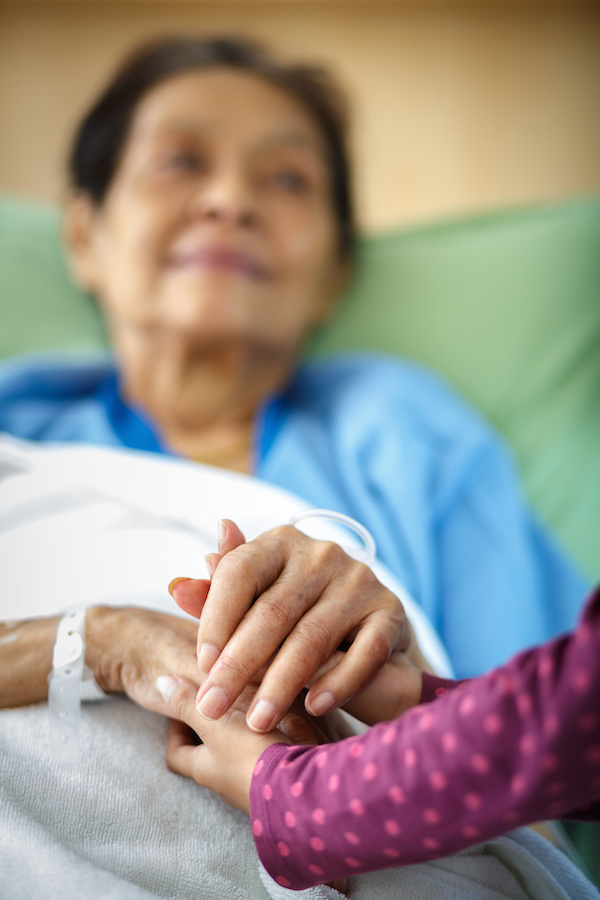
TUESDAY, Nov. 10 (HealthDay News) — Even three years after finishing treatment for breast cancer, almost 50 percent of women report long-term pain, a new Danish study finds.
The research, published in the Nov. 11 issue of the Journal of the American Medical Association, strengthens earlier findings, said study senior author Dr. Henrik Kehlet, a professor of perioperative therapy at Rigshospitalet at Copenhagen University. But this work indicates which women are most likely to experience persistent pain.
“Several previous scientific reports have shown a risk of chronic pain after breast cancer surgery,” said Kehlet. The strength of this study, he noted, is the large number of participants — more than 3,000 — and the evaluation of many types of treatments.
Kehlet’s team reviewed questionnaires filled out by 3,253 women who had undergone breast cancer treatment in Denmark between 2005 and 2006. Their treatments varied and included breast-conserving surgery, mastectomy, radiation, chemotherapy and dissection of the lymph nodes.
The women were asked whether they experienced pain, in what areas of the body, how bad it was and how often they experienced it.
In all, 1,543 — 47 percent — reported pain in one or more areas. Of those, 52 percent reported severe or moderate pain.
Among those who had severe pain, 77 percent said they had it daily. For those who reported their pain as light, 36 percent had it every day. Pain was reported in the breast area, the armpit, the arm and the side of the body.
The research was funded by the Danish Cancer Society, Breast Friends and a private organization that funds science research, the Lundbeck Foundation.
Women under 40 were more than three times more likely to have chronic pain than older women, the researchers found. Those having radiation therapy were more likely to have pain than those who had chemotherapy. Dissection of the axillary (under arm) lymph node was associated with increased likelihood of pain compared to dissection of the sentinel lymph node (the first node to which the cancer is likely to spread).
Why does the pain linger?
“There are multiple mechanisms to explain the risk of chronic pain,” Kehlet said, “such as young age, risk of nerve damage during axillary dissection, radiation therapy or a general pain hyper-responsiveness in some patients.”
More research is needed on the pain mechanism in those who experience high levels of discomfort, he said. The focus for now should be on identifying patients at high risk for pain and providing preventive treatment and nerve-sparing treatment when possible.
The results do not surprise Dr. Robert H. Dworkin, a pain specialist and professor of anesthesiology, neurology, oncology and psychiatry at the University of Rochester School of Medicine and Dentistry in New York, who has also published on lingering cancer pain.
But the findings may come as a surprise to oncologists and others who treat cancer patients, he said. “Women tend not to tell their surgeons about this continuing pain,” he said, citing clinical experience. Why? “They fear that the fact they are in pain might mean a recurrence, and they don’t want to deal with it,” he said. Or, “they don’t want to hurt the oncologist’s feelings.”
A third reason is “they don’t want to distract the physician from thinking about the cancer,” he said.
Even pain specialists can’t say for sure why the pain lingers. “We have little understanding of what causes this kind of pain,” Dworkin said.
A woman in pain after breast cancer treatment “should not be shy in talking to her physician about it,” Dworkin said. He advises such women to ask for a referral to a pain specialist.
More information
To learn more about pain control, visit the American Cancer Society.

